TwelveColorCombinationRhymesandTheirApplications
- 文化
- 2025-03-07 17:09:11
- 4232
In the vast realm of color theory, understanding how to combine different hues is a fundamental skill. This article delves into twelve popular color combinations along with their English rhyming counterparts, offering both theoretical insights and practical applications for design enthusiasts and artists.
# Introduction: The Magic of Color Combinations
Color is more than just aesthetic; it carries emotional connotations and can significantly impact the viewer’s mood and perception. From creating a harmonious palette to enhancing contrast, mastering color combinations can elevate any project from good to outstanding. This article aims to provide a comprehensive guide for anyone looking to improve their color搭配技巧。
# Color Combination #1: Complementary Colors
The first combination to explore is the complementary colors, which are opposite each other on the color wheel. For instance, red and green, blue and orange, or yellow and violet. These pairs create a high-contrast effect when used together.
Rhyme: Red and green, bold and clear,
Side by side, they make the scene sheer.
Blue meets orange, vibrant and strong,
Together, they light up every song.
# Color Combination #2: Split Complementary Colors
Split complementary colors involve choosing two colors adjacent to one of the complementary colors. For example, if you have a red color, consider using blue-green and yellow-orange as your palette.
Rhyme: Red’s friends are not just any hue,
Blue-green and yellow-orange too.
Harmony in contrast, beauty anew.
# Color Combination #3: Triadic Colors
A triadic combination uses three colors evenly spaced on the color wheel. For example, red, yellow, and blue form a classic triad.
Rhyme: Red, yellow, blue, side by side,
Each with its own vibrancy, pride.
Together they dance, never confide.
# Color Combination #4: Tetradic Colors
Also known as double complementary colors, this combination includes four hues evenly spaced on the color wheel. For instance, red, green, orange, and violet.
Rhyme: Red and green, orange and violet,
Four friends in harmony, a perfect fit.
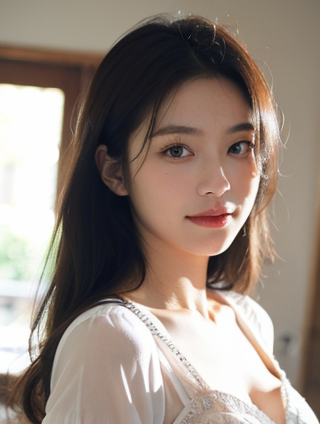
In balance they stand, no one feels slight.
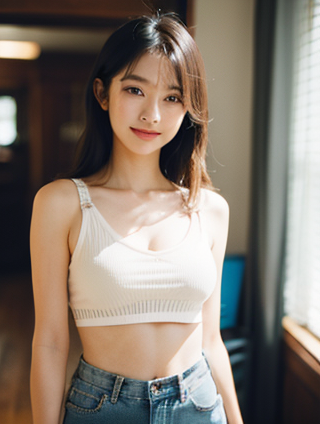
# Color Combination #5: Analogous Colors
Analogous colors are those located next to each other on the color wheel. For example, blue, blue-green, and green form an analogous set.
Rhyme: Blue meets its neighbors, green and more,
All three in harmony, a tranquil score.
Softly they blend, never too bright or hoar.
# Color Combination #6: Monochromatic Colors
Monochromatic colors consist of different shades and tints of one base color. For instance, varying degrees of gray from light to dark.
Rhyme: Gray’s many faces, light to shade,
In unity, they create a harmonious parade.
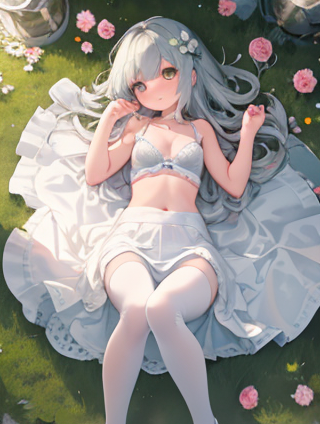
Soft contrasts blend, never at a dead-end pace.
# Color Combination #7: Warm and Cool Tones
Warm colors such as red, orange, and yellow evoke feelings of warmth and energy. Conversely, cool tones like blue, green, and purple can convey calmness and tranquility.
Rhyme: Reds and oranges, warm and bright,
Blues and greens, a tranquil sight.
Together they paint a scene, in harmony all night.
# Color Combination #8: High Contrast Combinations
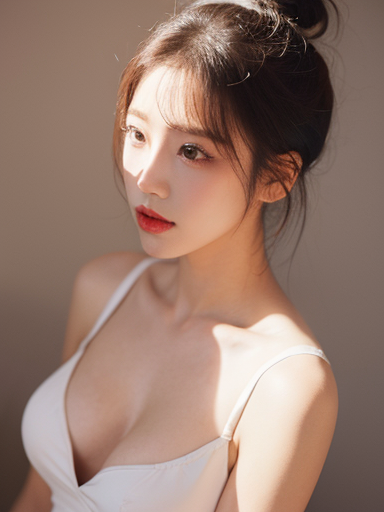
High contrast combinations include colors that are very different from each other. This can create a striking visual impact but requires careful balance to avoid overwhelming the viewer.
Rhyme: Bold pairs stand out, high contrast pair,
Their difference makes an eye-catching stare.
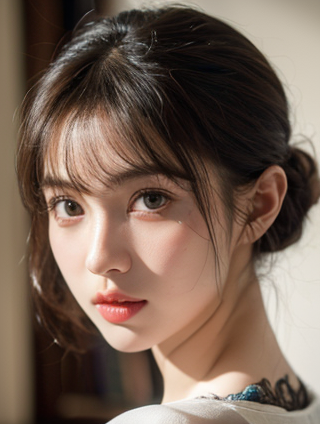
Balance is key, or else it may not fare well in share.
# Color Combination #9: Low Contrast Combinations
Low contrast combinations feature colors that are similar and blend well. This can create a soothing effect but might lack visual interest without careful design elements.
Rhyme: Soft hues blend, low contrast pair,
Their gentle tones bring peace and care.
In unity they stand, harmoniously rare.
# Color Combination #10: Triadic Subtlety
A triadic combination with subtle differences in hue can create a balanced yet dynamic palette. For instance, a lighter red, medium blue, and darker yellow.
Rhyme: Red light, blue mid, and yellow’s dark,
Each hue unique, yet blending to spark.
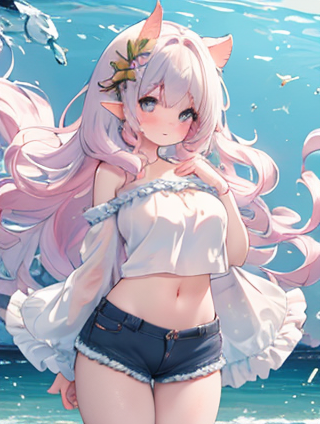
Balance in subtlety, their harmony stark.
# Color Combination #11: Complementary Harmony
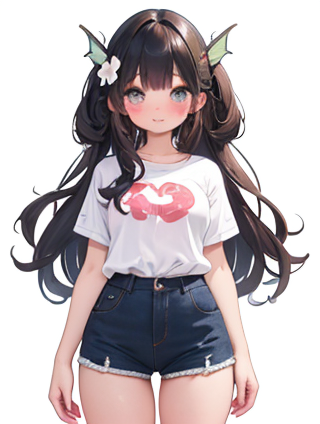
Complementing colors can be used in small doses within a larger palette. This technique adds depth and interest without overwhelming the design.
Rhyme: Small hints of green with red,
Harmony in contrast, they stand ahead.
Together they balance, no one outshone, no need to dread.
# Color Combination #12: Analogous Play
Analogous colors can be played with by varying shades and tints. This creates a soft yet dynamic palette that can evoke a range of emotions based on the specific hues used.
Rhyme: Blue-green fades into green,
Green darkens, yellow’s bright seen.
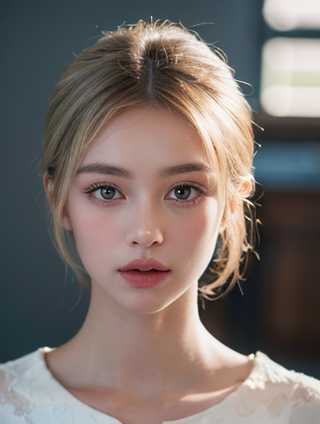
In harmony they dance, each hue serene.
Practical Applications
Understanding these color combinations is crucial for both designers and artists. By applying these rhymes in your creative process, you can achieve a harmonious balance or striking contrast depending on the desired effect. Whether you are working on a graphic design project, creating a painting, or even decorating a room, knowing how to pair colors effectively can transform any space into something truly remarkable.
# Conclusion
Mastering color combinations is an ongoing journey that requires both theory and practice. By memorizing these rhymes, you not only enhance your understanding but also make the process of choosing colors more intuitive and enjoyable. Remember, whether it’s a high-contrast or low-contrast combination, every hue has its place in creating a visually appealing masterpiece.
This article serves as a starting point for anyone embarking on their color journey. Happy coloring!
上一篇:工程管理专业哪个学校比较好
下一篇:婆媳矛盾与夫妻情感的裂痕